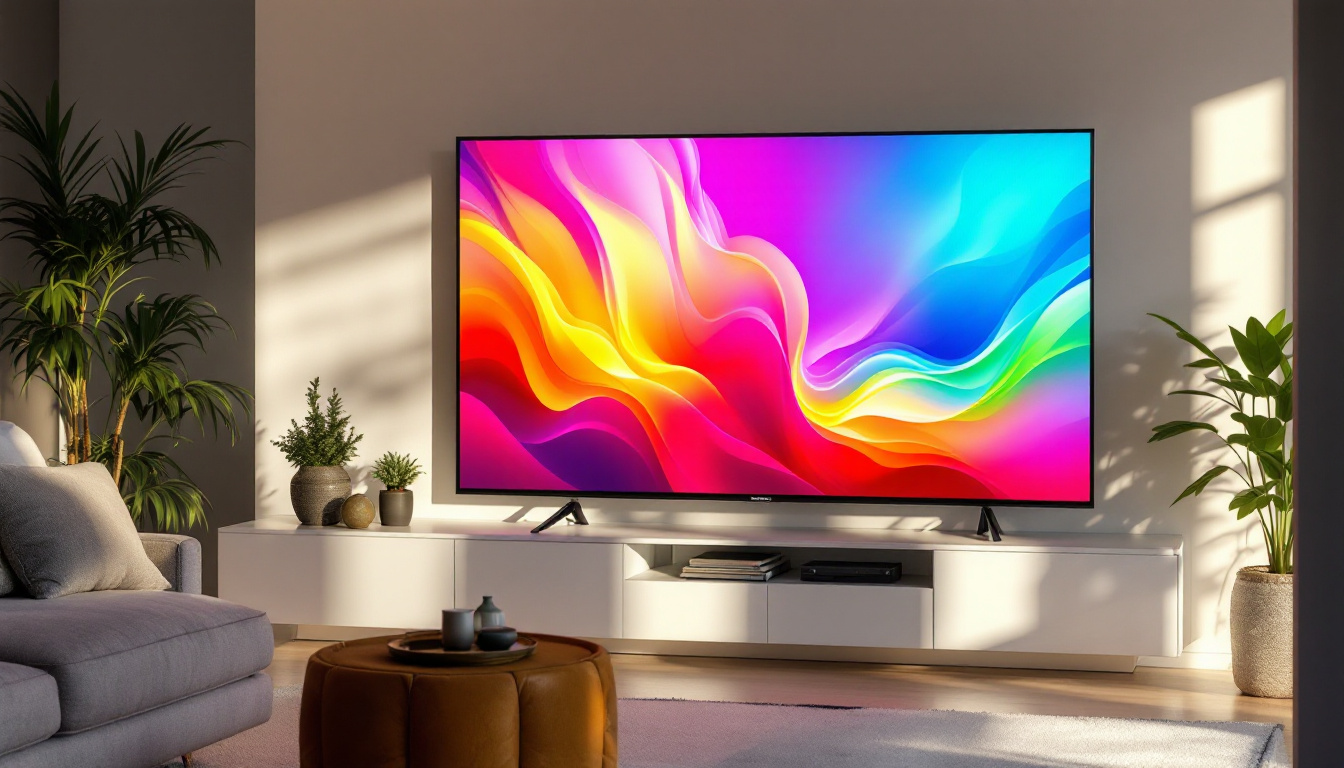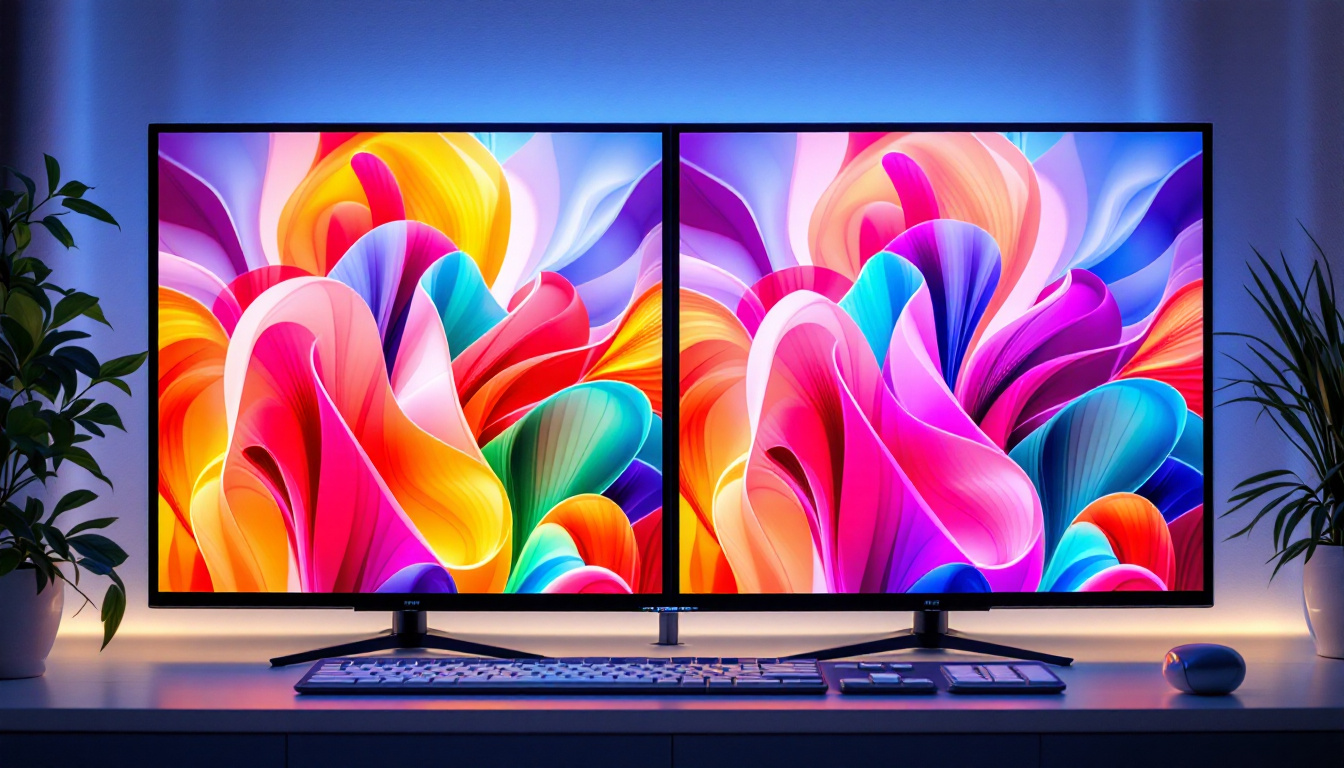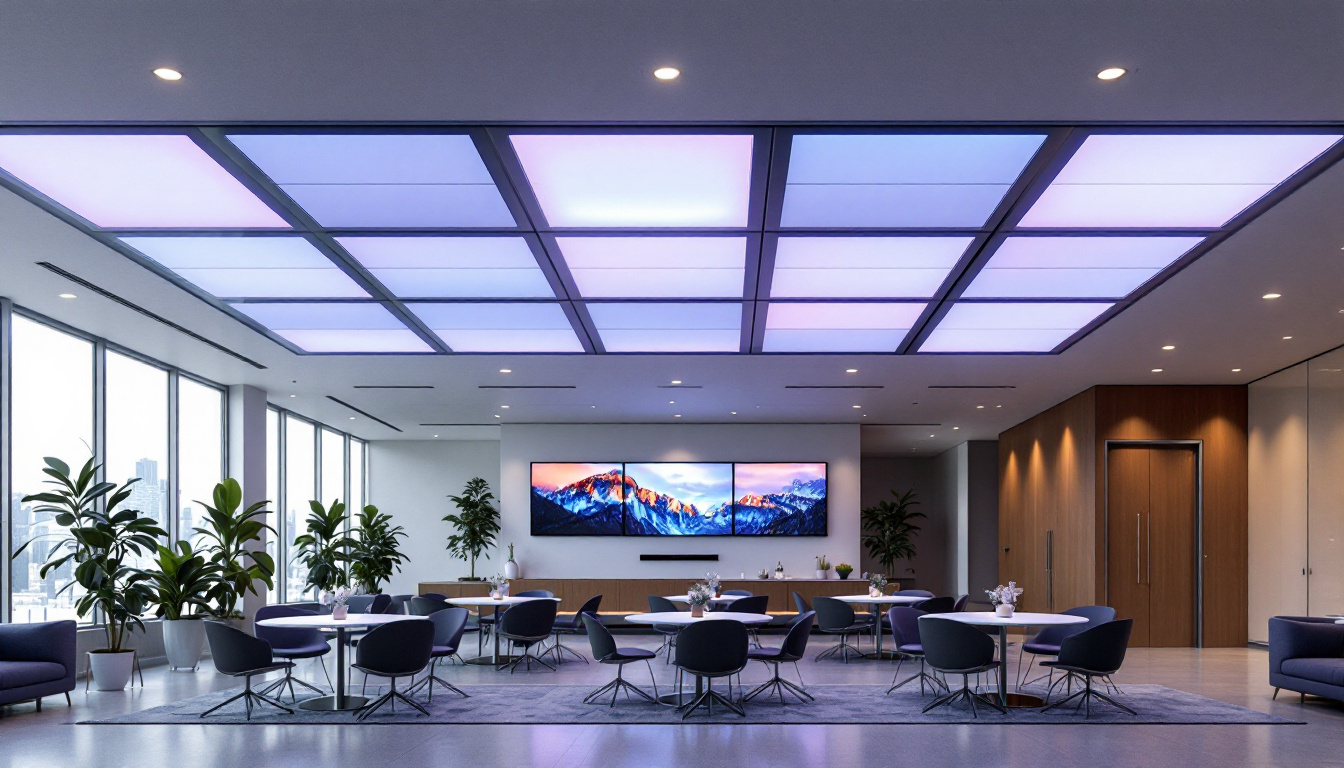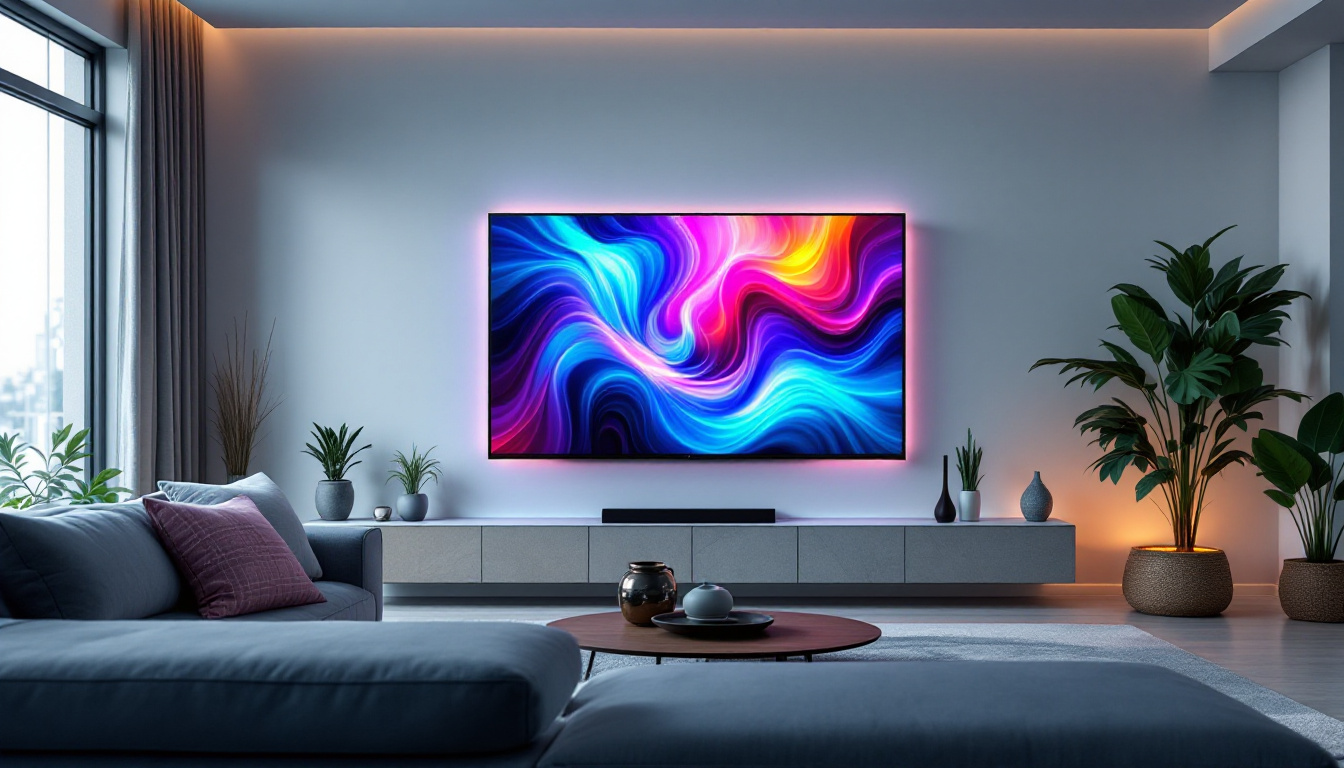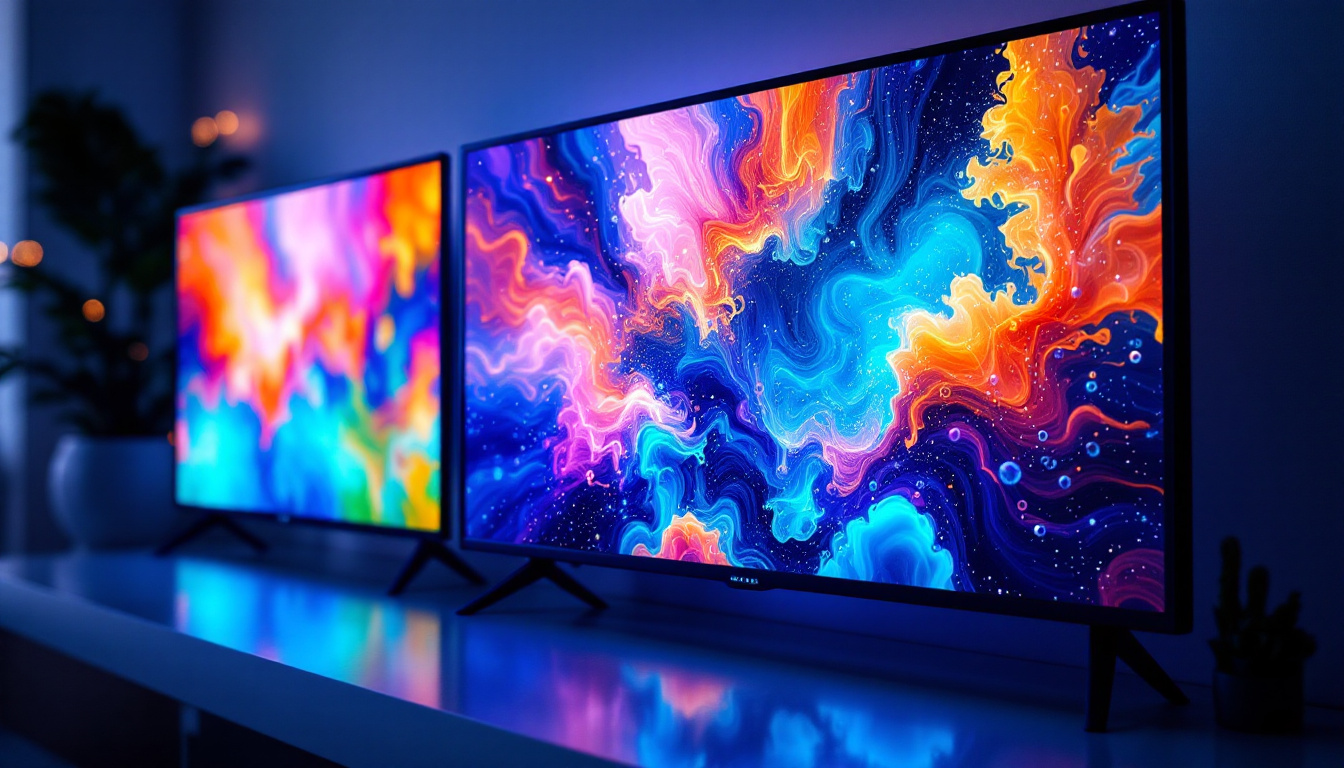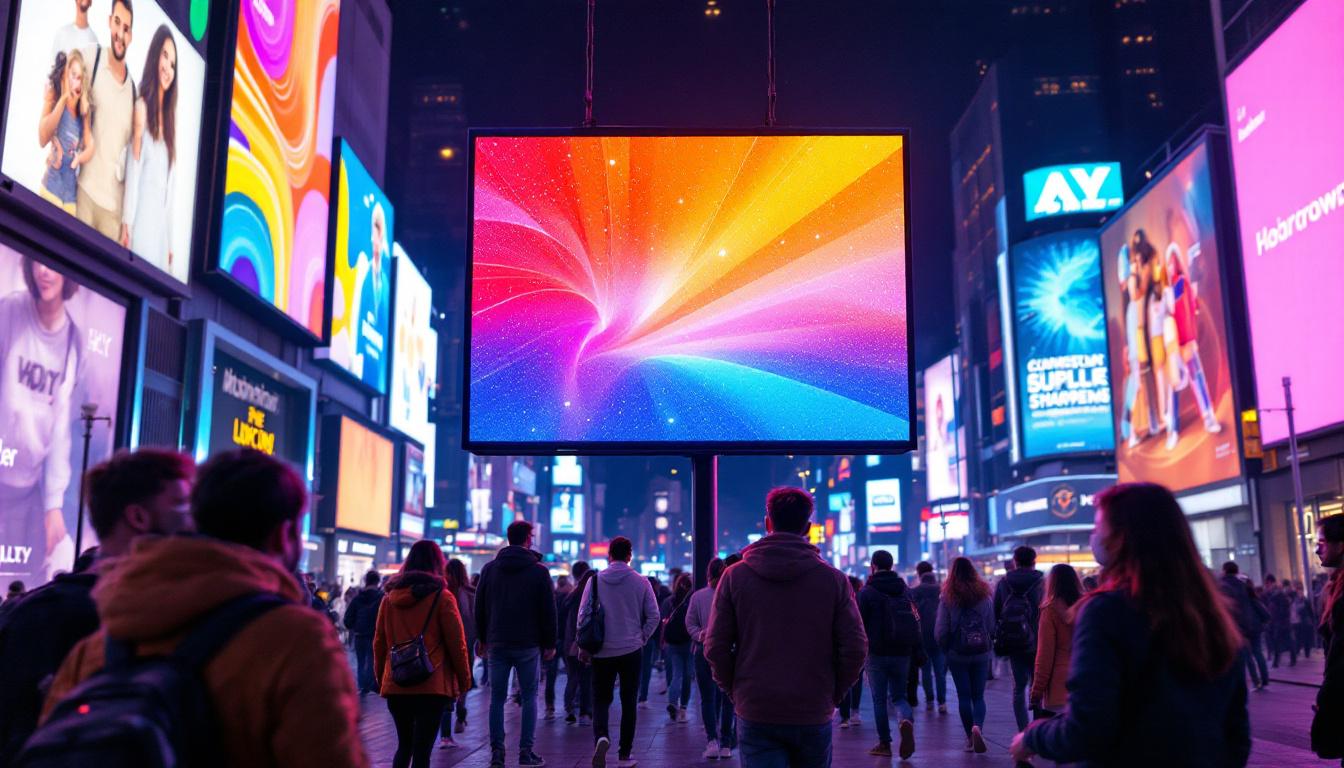The world of television technology has evolved significantly over the past few decades, with LED displays emerging as one of the most popular choices among consumers. This article delves into the intricacies of LED displays, exploring their technology, advantages, and the factors to consider when purchasing a new television. Understanding these elements can help consumers make informed decisions and enhance their viewing experience.
Understanding LED Technology
LED, or Light Emitting Diode, technology has transformed the way images are displayed on screens. Unlike traditional cathode ray tube (CRT) televisions, which relied on bulky components and limited color reproduction, LED displays utilize a more efficient and compact design. This technology is not only energy-efficient but also offers superior image quality. The shift to LED technology has not only impacted televisions but has also influenced a wide range of devices, from smartphones to large-scale digital billboards, enhancing visual communication across various platforms.
How LED Displays Work
At the heart of an LED display is the LED itself, a semiconductor device that emits light when an electric current passes through it. In television screens, these LEDs are arranged in a grid pattern to create pixels. Each pixel consists of red, green, and blue (RGB) sub-pixels that combine to produce a full spectrum of colors. This method allows for vibrant and dynamic images, enhancing the overall viewing experience. The precision with which these pixels can be controlled enables features like high dynamic range (HDR), which further elevates the realism of the images displayed, making them appear more lifelike.
LED displays can be categorized into two main types: edge-lit and backlit. Edge-lit LED displays have LEDs positioned along the edges of the screen, while backlit displays feature a full array of LEDs behind the screen. The latter typically offers better contrast and uniformity in brightness, making it a preferred choice for many consumers. Additionally, advancements in local dimming technology allow backlit displays to selectively dim or brighten specific areas of the screen, improving the depth of blacks and enhancing the overall picture quality during dark scenes.
The Evolution of LED Technology
Since their introduction, LED displays have undergone significant advancements. The first generation of LED TVs primarily focused on improving brightness and energy efficiency. However, with the advent of technologies like Quantum Dot and OLED, manufacturers have continued to innovate, enhancing color accuracy and contrast ratios. These advancements have not only improved the quality of home entertainment systems but have also paved the way for professional applications, such as in film production and broadcasting, where precision in color grading is crucial.
Quantum Dot technology, for instance, utilizes nanometer-sized semiconductor particles to improve color reproduction. This allows LED displays to achieve a wider color gamut, resulting in more lifelike images. Meanwhile, OLED (Organic Light Emitting Diode) technology offers even deeper blacks and better contrast, though at a higher price point. As a result, consumers now have a diverse range of options to choose from, each catering to different preferences and budgets. Furthermore, the integration of smart technology into LED displays has revolutionized how users interact with their screens, enabling features like voice control, streaming capabilities, and personalized content recommendations, thus enriching the viewing experience even further.
Advantages of LED Displays
LED displays have gained immense popularity for several reasons. Their advantages extend beyond mere aesthetics, influencing factors such as energy consumption, lifespan, and overall performance. Understanding these benefits can help consumers appreciate why LED technology has become the go-to choice for modern televisions.
Energy Efficiency
One of the most significant advantages of LED displays is their energy efficiency. Compared to traditional LCD or plasma screens, LED televisions consume considerably less power. This reduction in energy usage not only benefits the environment but also translates to lower electricity bills for consumers.
Manufacturers have made strides in optimizing energy consumption, with many models featuring energy-saving modes that adjust brightness based on ambient light conditions. This adaptability ensures that LED displays provide optimal performance while minimizing energy waste.
Longevity and Durability
LED displays are designed to last, with many models boasting lifespans of up to 100,000 hours. This longevity is attributed to the solid-state nature of LEDs, which are less prone to burn-in compared to other display technologies. As a result, consumers can enjoy their televisions for years without worrying about image degradation.
Additionally, LED displays are more resistant to physical damage. Unlike glass-based technologies, which can shatter or crack, LED screens are typically encased in durable materials that withstand everyday wear and tear. This resilience makes them an ideal choice for households with children or pets.
Enhanced Picture Quality
Picture quality is a crucial factor for any television, and LED displays excel in this area. The ability to produce bright, vibrant colors and deep blacks contributes to a more immersive viewing experience. Advanced features such as local dimming and HDR (High Dynamic Range) further enhance picture quality by improving contrast and color accuracy.
Local dimming allows specific areas of the screen to be dimmed or brightened independently, resulting in better contrast ratios. HDR, on the other hand, expands the range of colors and brightness levels, providing a more realistic representation of images. Together, these technologies elevate the viewing experience, making LED displays a popular choice for movie enthusiasts and gamers alike.
Factors to Consider When Buying an LED TV
While LED displays offer numerous benefits, selecting the right television requires careful consideration of several factors. Understanding these elements can help consumers make informed choices that align with their viewing habits and preferences.
Screen Size and Viewing Distance
Choosing the right screen size is essential for an optimal viewing experience. A general rule of thumb is to select a screen size based on the distance from which the television will be viewed. For instance, if the viewing distance is around 8 feet, a 55 to 65-inch screen is typically recommended. However, personal preferences and room layout should also be taken into account.
Additionally, larger screens can enhance the viewing experience for movies and sports, providing a more immersive feel. Conversely, smaller screens may be more suitable for compact spaces or casual viewing. Ultimately, the choice of screen size should strike a balance between aesthetics and practicality.
Resolution and Picture Quality
Resolution plays a vital role in determining picture quality. LED displays are available in various resolutions, including Full HD (1080p), 4K (2160p), and even 8K (4320p). While Full HD is suitable for most viewing needs, 4K resolution has become increasingly popular due to its superior clarity and detail.
For consumers who enjoy high-definition content, such as streaming services and Blu-ray discs, investing in a 4K LED display can significantly enhance the viewing experience. Furthermore, as more content becomes available in 4K and beyond, choosing a higher resolution television can future-proof the purchase.
Smart Features and Connectivity
Modern LED displays often come equipped with smart features, allowing users to access streaming services, browse the internet, and connect with other devices. When selecting a television, it is essential to consider the available smart features and their compatibility with preferred streaming platforms.
Additionally, connectivity options such as HDMI, USB, and Wi-Fi are crucial for integrating the television into a home entertainment system. Ensuring that the chosen model has sufficient ports and wireless capabilities can enhance the overall functionality and convenience of the television.
Popular LED TV Brands
The market is flooded with various LED TV brands, each offering unique features and technologies. Some brands have established themselves as leaders in the industry, known for their innovation and quality. Understanding these brands can help consumers navigate their options more effectively.
Samsung
Samsung is a renowned name in the electronics industry, particularly in the television market. The company is known for its QLED technology, which enhances color accuracy and brightness. Samsung’s LED TVs often feature sleek designs and advanced smart capabilities, making them a popular choice among consumers.
Additionally, Samsung’s commitment to innovation is evident in its continuous development of new technologies, such as the Neo QLED series, which combines mini-LED technology with quantum dots for an unparalleled viewing experience.
Sony
Sony has long been recognized for its high-quality displays and exceptional picture performance. The company’s LED TVs often incorporate advanced processing technologies, such as the X1 Ultimate processor, which enhances image clarity and detail.
Moreover, Sony’s Bravia series is well-regarded for its color accuracy and HDR performance, making it a favorite among cinephiles and gamers alike. The brand’s focus on delivering a premium viewing experience has solidified its reputation in the market.
LG
LG is another leading manufacturer known for its innovative display technologies. The company has made significant strides in the LED market with its NanoCell technology, which enhances color reproduction and viewing angles. LG’s OLED line is also highly acclaimed, offering stunning contrast and deep blacks.
In addition to its display technologies, LG’s smart TV platform, webOS, is user-friendly and provides access to a wide range of streaming services. This combination of quality and functionality has made LG a popular choice for consumers seeking a versatile television.
Conclusion
LED displays have revolutionized the television industry, offering consumers a blend of energy efficiency, longevity, and superior picture quality. As technology continues to evolve, LED televisions remain at the forefront of innovation, providing an immersive viewing experience for audiences worldwide.
When considering a new television, it is essential to evaluate factors such as screen size, resolution, and smart features to ensure the best fit for individual needs. With numerous reputable brands available, consumers have the opportunity to select a television that not only meets their expectations but also enhances their overall entertainment experience.
In a world where visual content plays a significant role in daily life, understanding LED display technology can empower consumers to make informed choices, ultimately leading to a more enjoyable and fulfilling viewing experience.
Discover LumenMatrix’s Innovative LED Solutions
As you consider upgrading to the latest in LED display technology, take a moment to explore the pioneering solutions offered by LumenMatrix. With a commitment to innovation and quality, LumenMatrix provides an extensive range of LED display modules designed to bring your visual communication to life. Whether you’re in need of an Indoor LED Wall Display for a corporate event, an Outdoor LED Wall Display for advertising, or any of their other dynamic solutions like Vehicle LED Displays and Custom LED Displays, LumenMatrix has the technology to transform your space and captivate your audience. Check out LumenMatrix LED Display Solutions today and experience the future of visual engagement.

